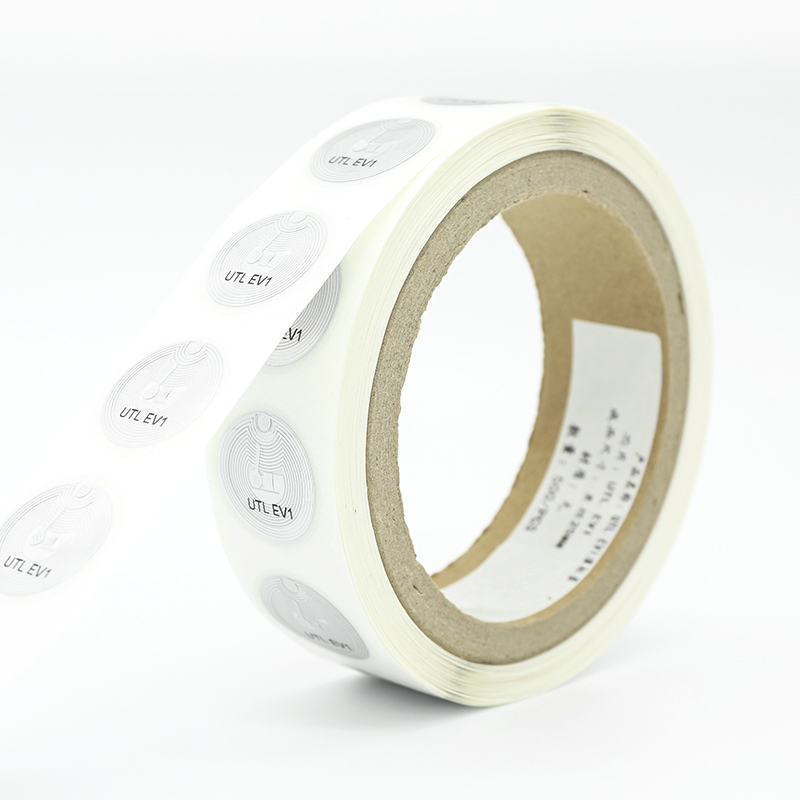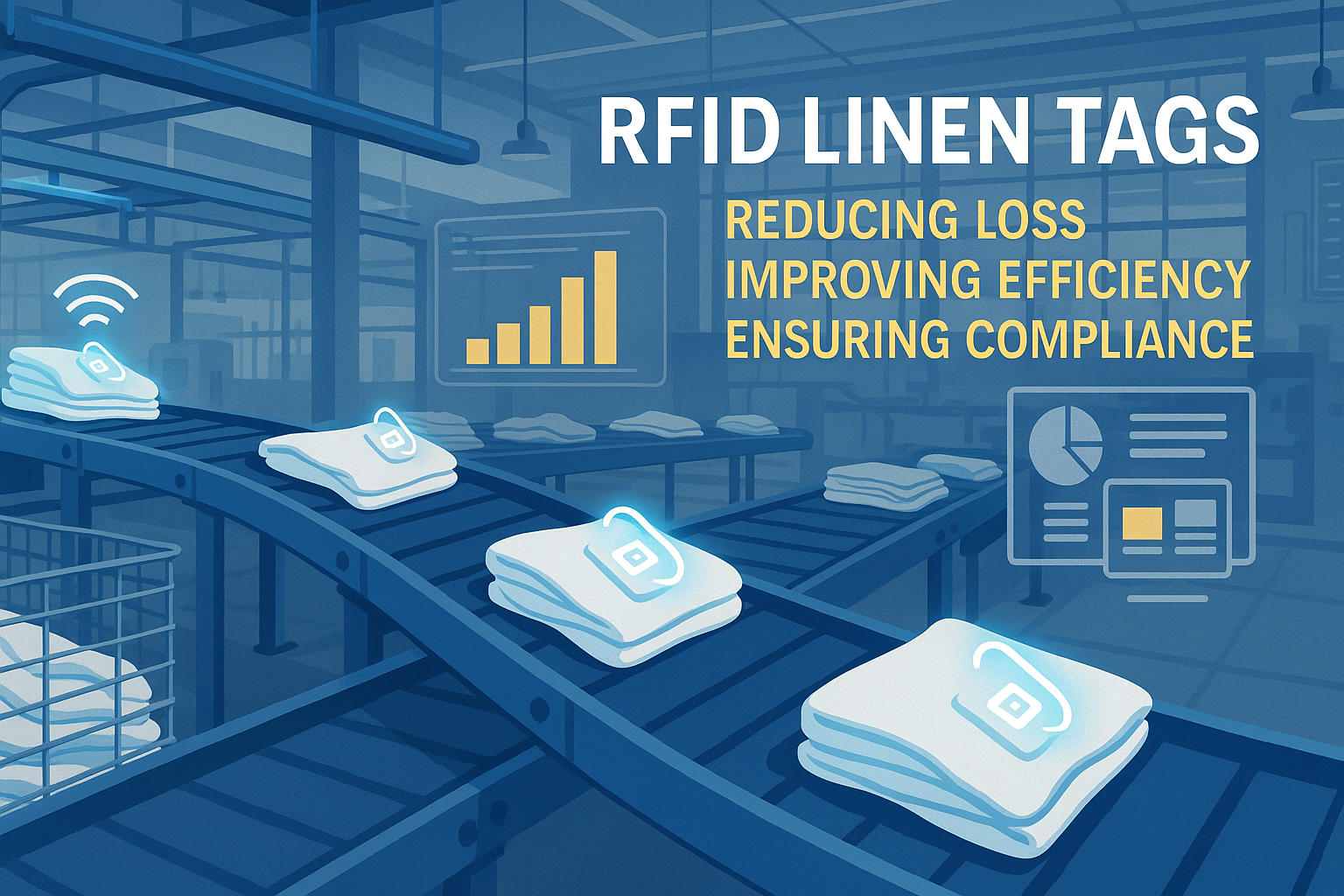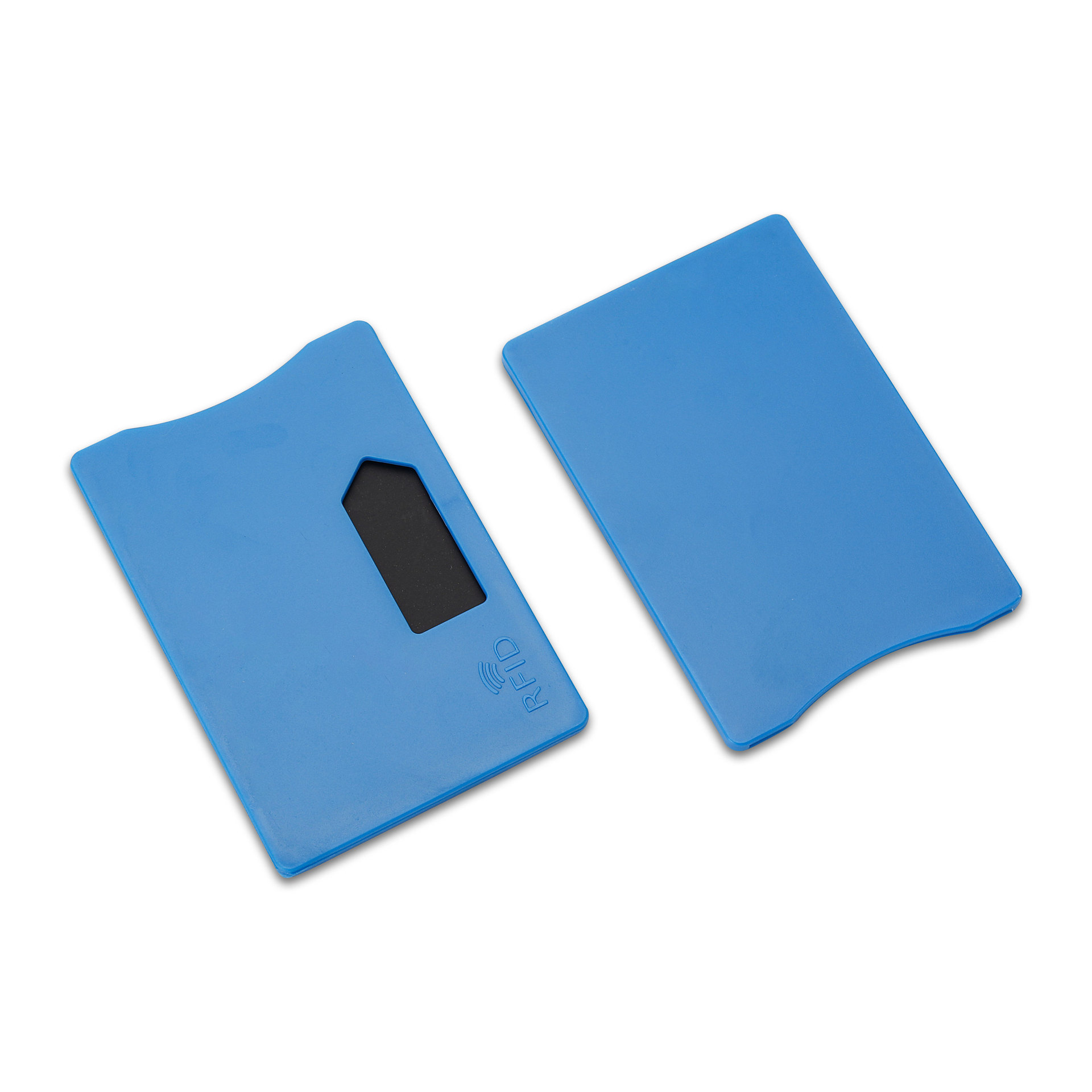
RFID Labels: Shaping the Future of Intelligent Tagging Solutions
Table of Contents
Summary
These labels, embedded with a microchip and antenna, facilitate the transmission and reception of radio frequency signals to communicate vital information. The chip stores data such as product details, batch numbers, and production dates, which are transmitted to a reader when activated by a signal. This article explores the substantial benefits and diverse applications of RFID labels and provides guidance on their implementation.

Advantages of RFID Labels
RFID labels offer significant technical improvements over traditional barcodes and QR codes, providing enhanced functionality in various applications.
Storage Capacity
RFID labels can store more information compared to traditional barcodes. Unlike barcodes, which have limited storage capacity, RFID labels can accommodate extensive data, including product specifications, batch numbers, and other critical details. This expanded capacity supports complex data management and traceability systems, which are vital for modern business operations.
Non-Contact and Multi-Label Reading
RFID technology enables non-contact reading, allowing multiple tags to be scanned simultaneously without the need for direct alignment. This feature enhances efficiency in environments where rapid data collection is required, such as in inventory management and logistics.

Durability and Reliability
RFID labels are more robust compared to paper-based barcodes. They can withstand harsh conditions such as extreme temperatures, high humidity, and exposure to chemicals, making them suitable for industrial and logistical applications. This durability ensures consistent performance even in challenging environments.
Enhanced Security
RFID labels incorporate encryption technologies to safeguard stored information against unauthorized access and tampering. This security feature is especially crucial for applications involving sensitive data, such as financial transactions and personal identification.
Applications of RFID Labels
RFID labels have revolutionized several industries by enhancing operational efficiency and accuracy.
Retail Industry
In retail, RFID labels are used to monitor inventory levels in real-time. This technology automates inventory management processes, reducing human error and streamlining stock replenishment. Retailers can track product movements and manage stock more effectively, leading to improved operational efficiency.
Logistics and Supply Chain
RFID labels track goods throughout the supply chain, from warehousing to delivery. By recording each stage of the transportation process, RFID technology ensures accurate tracking and timely delivery. This capability optimizes logistics operations, reduces costs, and enhances customer satisfaction.
Medical Industry
In healthcare, RFID labels are crucial for patient identification, drug tracking, and equipment management. RFID tags on patient wristbands store medical records, enabling quick access to critical information and ensuring accurate treatment. Tags on pharmaceuticals track their lifecycle, preventing medication errors and improving safety.
Manufacturing
Manufacturers use RFID labels to monitor components and products on production lines. This technology improves process efficiency, reduces waste, and ensures product quality by providing real-time data on production activities.
Implementing RFID Labels in Your Business
Successfully integrating RFID labels into your business involves careful planning and execution.
Needs Assessment
Evaluate your business processes to identify areas where RFID labels can provide benefits. Determine which processes require improved data management and efficiency, and select RFID tags that meet your specific needs.
Hardware and Software Selection
Choose the appropriate RFID tags, readers, and middleware based on your application requirements. Consider factors such as frequency range, tag durability, and compatibility with existing IT systems to ensure seamless integration.
Employee Training
Train employees on how to effectively use RFID equipment and handle potential issues. Proper training maximizes the benefits of RFID technology and minimizes errors during implementation.
Pilot Testing and Optimization
Conduct a pilot test to identify and resolve potential issues before full deployment. Use feedback from the pilot phase to optimize system configuration and ensure successful implementation.
Continuous Monitoring and Support
Monitor the RFID system’s performance and maintain communication with suppliers for ongoing support and updates. Regularly assess the system’s impact on business operations and make adjustments as needed.

Conclusion
RFID labels offer a range of advantages over traditional tagging methods, including greater storage capacity, non-contact and multi-label reading, enhanced durability, and improved security. Their applications across various industries—retail, logistics, medical, and manufacturing—demonstrate their transformative impact on operational efficiency and data management. Implementing RFID technology requires careful planning, from needs assessment to ongoing support, ensuring that the system meets business objectives and adapts to future needs.
Frequently Asked Questions
Question | Answer |
How do RFID labels ensure data privacy and security? | RFID labels use encryption technology to protect stored data from unauthorized access. Additional security measures can be implemented to control access to the tag information. |
What factors should be considered when choosing RFID labels? | Consider storage capacity, reading distance, durability, cost, and environmental factors such as temperature and humidity. Ensure compatibility with existing systems. |
Is the investment in RFID technology justified? | Although the initial costs can be high, the long-term benefits, including improved efficiency and reduced errors, often justify the investment. RFID systems can lead to significant operational improvements and cost savings over time. |
By leveraging RFID labels, businesses can enhance their data management capabilities, improve operational efficiency, and secure sensitive information, positioning themselves for success in a competitive landscape.
Comments
Hot Products

What Is RFID Waste Management
Imagine a city where every trash bin speaks — not literally — but through a tiny chip that tells the system when it’s full, when it’s emptied, and where it went. That’s what RFID waste management is doing today.

What are Bolt Seals and their Applications? | Complete Guide
In global trade and logistics, bolt seals play a crucial role in ensuring cargo security and compliance. These small but powerful devices are designed to lock shipping containers, trailers, and cargo doors with a tamper-evident mechanism.

What is an RFID Card Protector? Benefits, Use Cases, and Buying Guide
RFID technology (Radio Frequency Identification) is everywhere: in your credit cards, ID badges, transit passes, hotel room keys, and more. It offers speed and convenience, but it also opens the door to a new kind of digital theft called “skimming.” That’s where an RFID card protector comes in.

RFID Wristbands for Events: Bulk Buying Guide for Organizers
RFID wristbands for events are becoming the go-to solution for organizers who need faster entry, fraud prevention, and cashless payments at concerts, festivals, and sports venues. Unlike paper tickets or QR codes, these smart wristbands use embedded chips to streamline access, secure transactions, and improve the guest experience.

How RFID Tag on Windscreen Improves Vehicle Access Control and Toll Systems
In today’s fast-paced world, vehicle identification needs to be quick, secure, and contactless. An RFID Tag on the Windscreen provides exactly that — a reliable way to manage toll collection, parking, and gated access without stopping vehicles.

The Benefits of RFID Linen Tags in Commercial Laundry
Managing laundry in hospitals, hotels, or large laundry services is a big job. Each day, thousands of sheets, towels, and uniforms are washed, sorted, and sent back out. But problems like lost linens, sorting mistakes, and manual counting can cost companies a lot of money. For example, mid-sized hotels can lose over $200,000 each year from missing linens.
That’s where RFID Linen Tags come in.
Tags
RELATED BLOGS

What Is RFID Waste Management
Imagine a city where every trash bin speaks — not literally — but through a tiny chip that tells the system when it’s full, when it’s emptied, and where it went. That’s what RFID waste management is doing today.

What are Bolt Seals and their Applications? | Complete Guide
In global trade and logistics, bolt seals play a crucial role in ensuring cargo security and compliance. These small but powerful devices are designed to lock shipping containers, trailers, and cargo doors with a tamper-evident mechanism.

What is an RFID Card Protector? Benefits, Use Cases, and Buying Guide
RFID technology (Radio Frequency Identification) is everywhere: in your credit cards, ID badges, transit passes, hotel room keys, and more. It offers speed and convenience, but it also opens the door to a new kind of digital theft called “skimming.” That’s where an RFID card protector comes in.




